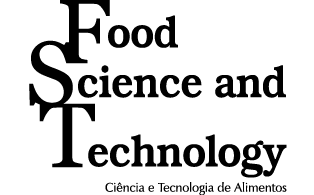Acerola is a fruit that can be consumed in the form of juice and pulp. However, during its processing, a large amount of waste is generated (seed and bagasse). Adding value to these by-products is of great interest, since their use can enrich foods with nutrients and fiber. In this study, we performed phytochemical screening, determined the proximate and mineral composition, bioactive compounds and the technological functional properties of acerola seed flour and acerola bagasse flour. Seeds were dried in a ventilated oven at ± 45 °C and the bagasse was lyophilized. Samples were ground, stored in flasks protected from light. Phytochemical screening revealed metabolites of nutritional and pharmacological interest and no potentially toxic substances in the flours. Seed flour and bagasse flour showed high levels (g 100 g- 1 of dry matter - DM) of soluble fiber: 4.76 and 8.74; insoluble fiber: 75.76 and 28.58, and phenolic compounds: 4.73 and 10.82, respectively. The flours also showed high absorption of water, oil and emulsion stability, presenting potential for inclusion in meat products and bakery products.
seed; bagasse; chemical characterization




